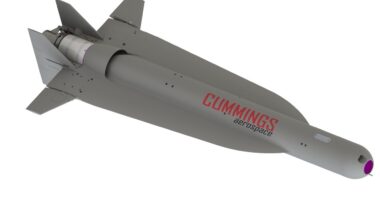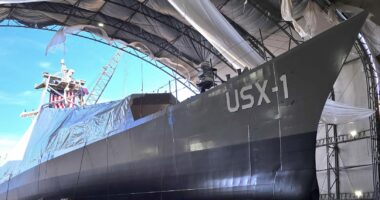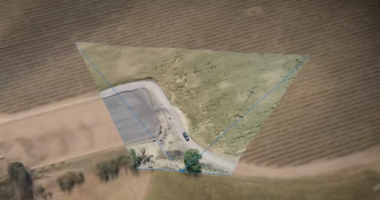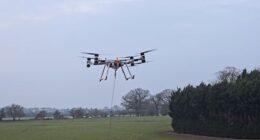The US Air Force continues its shift toward autonomous logistics with the delivery of DZYNE Technologies’ “Grasshopper” — a sleek, pilotless glider built to ferry supplies into hard-to-reach or high-risk areas.
Launched from a host aircraft, Grasshopper autonomously stabilizes and flies at speeds of up to 109 miles (176 kilometers) per hour. It completes its mission with a controlled descent, using a parachute to land near its intended target.
With a payload capacity of 500 pounds (227 kilograms), the glider is built to deliver everything from rations and ammunition to medical kits and mission-critical hardware.
“Its ability to deliver critical payloads from standoff distances while keeping our aircraft and crews out of harm’s way is a major advantage in modern operational environments,” said Thomas Howell, portfolio lead at the Air Force Research Laboratory.
While the air force has not specified how many Grasshoppers have been delivered, it confirmed receipt of “multiple” units.
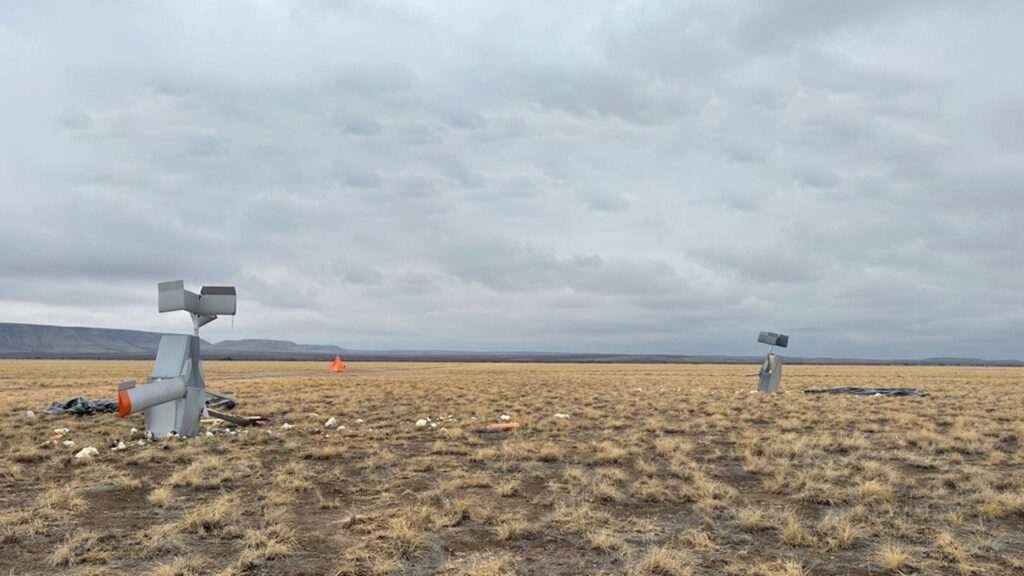
Answering the Call
DZYNE said the glider was built in response to a direct request from warfighters: a tool to deliver cargo from a distance without risking lives.
What began as a research project became a deployable system in less than 12 months, according to company CEO Matthew McCue.
Beyond military missions, Grasshopper could support humanitarian aid and disaster relief — any scenario where speed, reach, and autonomy matter.
It can fly pre-planned routes, adjust mid-course, and navigate without GPS, making it well-suited for denied, degraded, or contested environments.
“This milestone underscores the impact of this partnership, and the critical role Grasshopper will play not only in contested logistics but also in humanitarian aid and disaster relief operations, where rapid, precise, and unmanned delivery of critical supplies can save lives,” McCue noted.
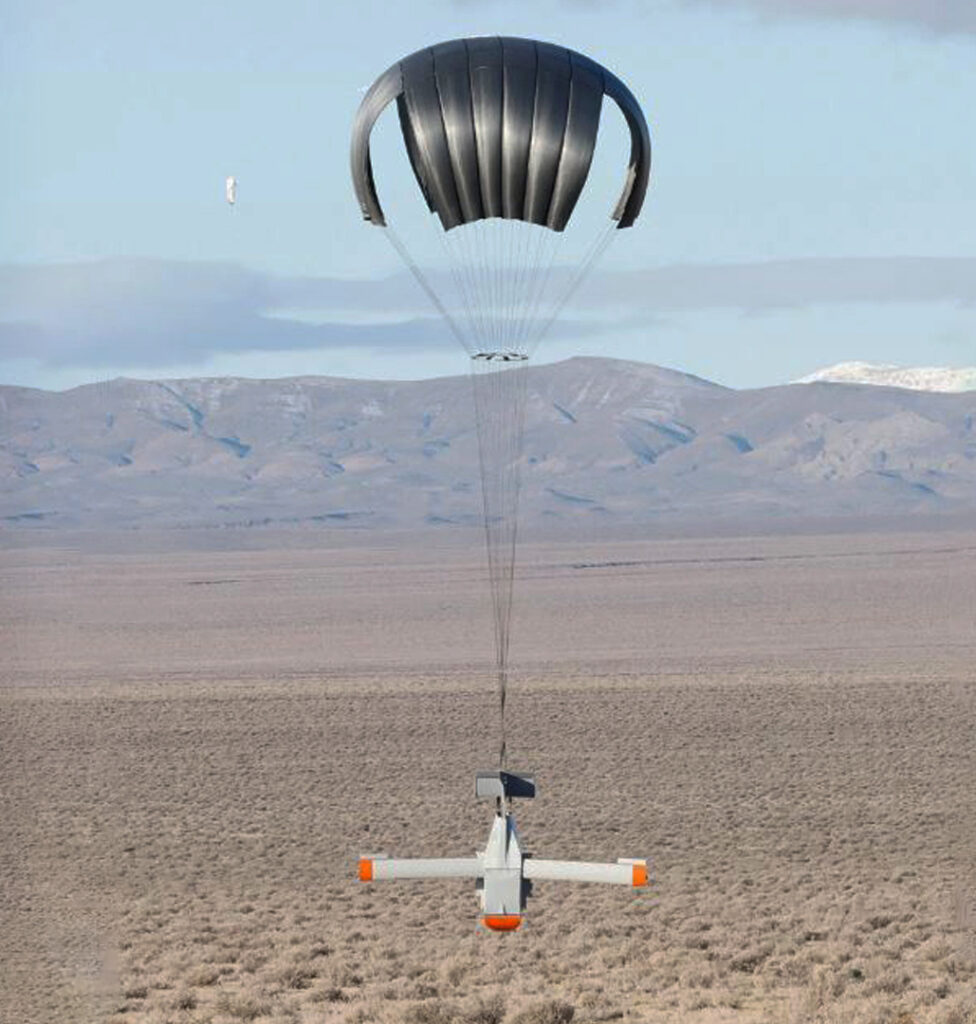
What’s Next
Grasshopper isn’t done evolving.
DZYNE is developing a longer-range version that can travel over 500 nautical miles (926 kilometers/575 miles) with the same 500-pound payload capacity.
It is expected to debut in early 2026.
To keep up with demand, the company has also expanded production at its new facility in Irvine, California.



